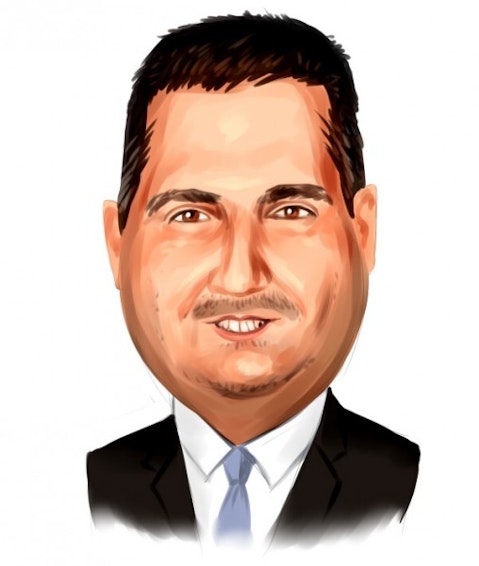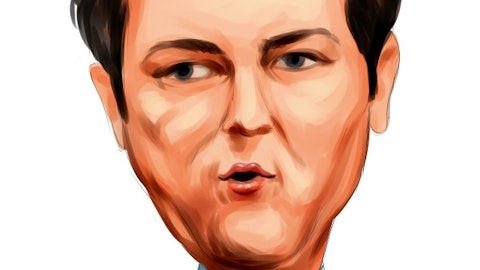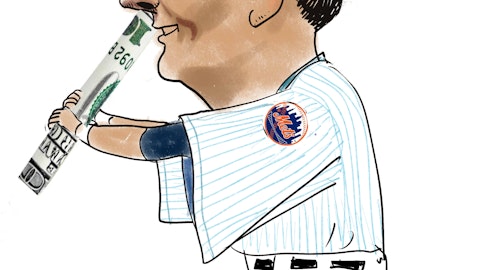Flextronics International Ltd (FLEX) is a $4.25B market cap company based in Singapore that manufactures printed circuit boards. At the end of the second quarter, FLEX was a top pick for Larry Robbin’s Glenview Capital, Thomas E. Clagus’ Gmt Capital and Ron Gutfleish’s Elm Ridge Capital. The company recently reported third quarter earnings or $8.04B, up from $7.42B the same quarter last year. FLEX recently traded at $6.18 a share. On average, analysts estimate the stock will reach $8 a share in the next 12 months, but the range is huge, with one year estimates ranging from $4.50 to $11. 
To get a better idea whether FLEX is a buy, we are going to take a closer look at the company and its closest competitors – Jabil Circuit Inc (JBL), Celestica Inc (CLS) and Raven Industries Inc (RAVN).
P/E RATIO
First, we will look at the P/E ratio. This metric divides a company’s share price by its earnings per share – the lower the number, the better. P/E ratio indicates how many times its earnings a company is trading at. If the P/E ratio is high, the stock could be overpriced, so the lower the better. Of the companies we looked at, FLEX has the lowest forward P/E ratio at 5.83. JBL is next at 6.93, followed by CLS at 7.75 and RAVN at 20.39.
VOLATILITY
We used beta as a measure of risk. A beta of 1.0 means that the stock moves with the market. The higher a stock’s beta, generally, the more volatile the stock, and, as a result, the more risky. A lower beta tends to indicate that the stock moves more independently from the market. RAVN has the lowest beta of the companies we looked at. It has a beta of just 1,34. CLS is next at 1.75, followed by JBL at 2.00 and FLEX at 2.24.
EARNINGS GROWTH
Next, let’s look at the earnings growth consistency and expectations. Expected growth estimates can be wrong. In fact, they are frequently overstated, but they can be useful when comparing companies or comparing a company’s performance relative to its industry. FLEX earnings fell 3.41% over the last five years. They are expected to grow 15.07% over the next five years, compared to estimated industry growth of 15.63%. JBL’s earnings grew 18.91% over the last five years and are expected to increase by 12% over the next five. CLS’s earnings grew 32.31% over the last five years. They are expected to grow by just 10% over the next five years. RAVN is the most consistent. Its earnings grew 13.28% over the last five years and are expected to increase by 15% over the next five.
HEDGE FUND OWNERSHIP
Stocks that are favored by hedge funds tend to outperform the market by a few percentage points on the average. Of the companies we looked at, JBL was the most popular. Of the 300+ hedge funds we track, 24 had positions in JBL at the end of the second quarter. CLS was next at 13, followed by FLEX at 12 and RAVN at 5.
THE BOTTOM LINE
We like RAVN best. While it doesn’t have much hedge fund interest, it has strong and consistent growth, as well as a low beta. The company has made Forbes’s list of the best small companies for the last five years. Within the printed circuit board industry, TTM Technologies (TTMI) and Multi-Fineline Electronix Inc (MFLX) are similarly positioned.





